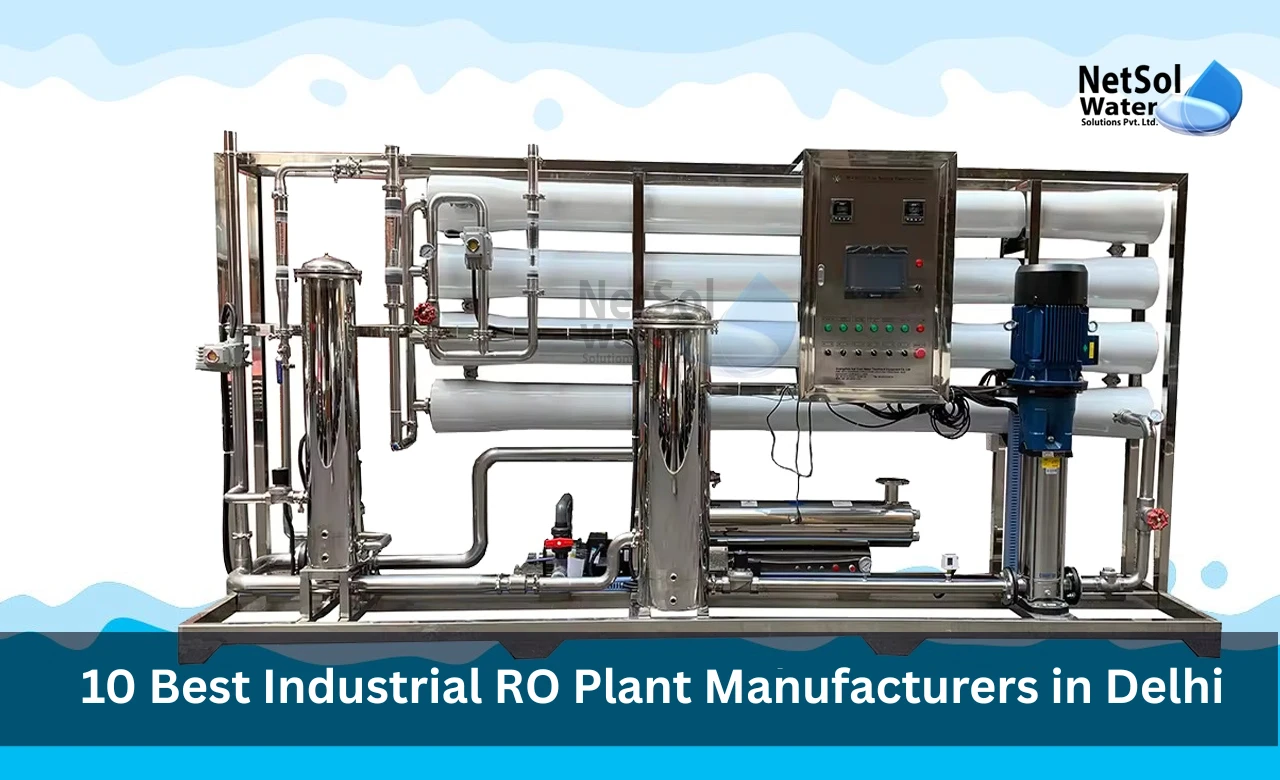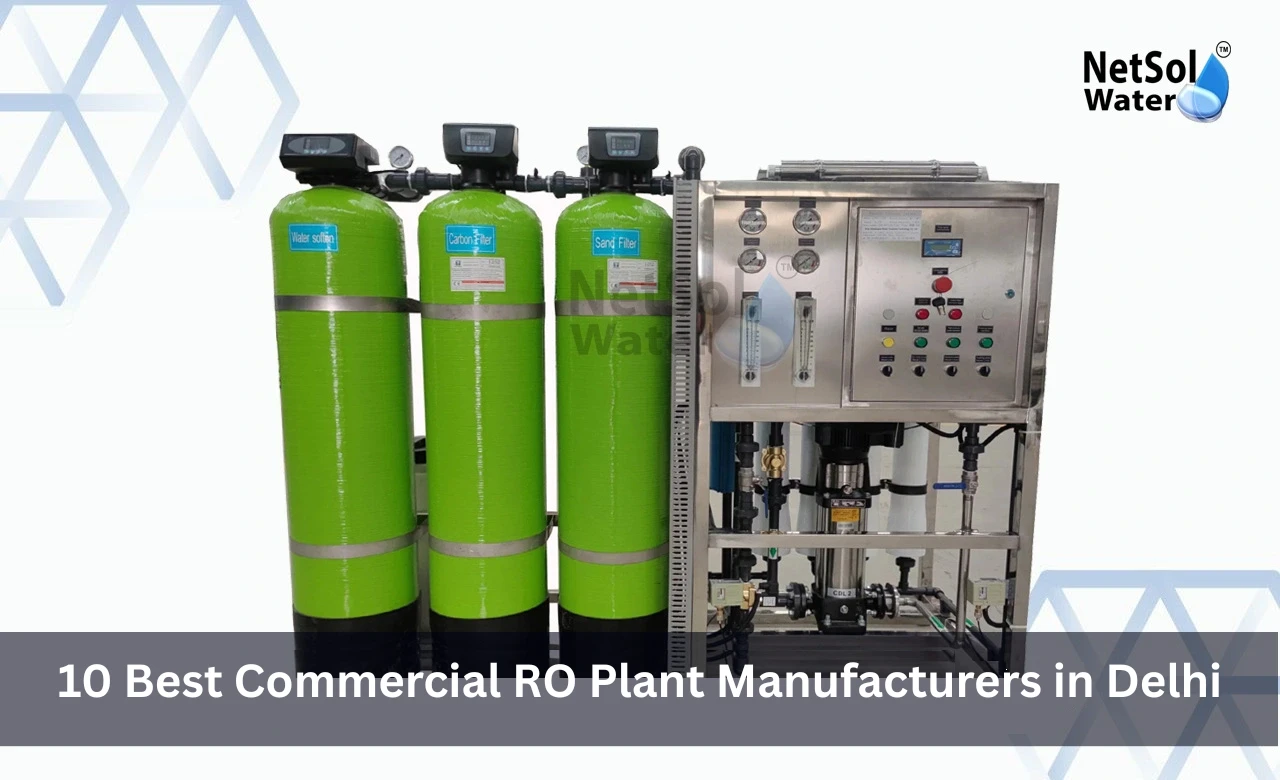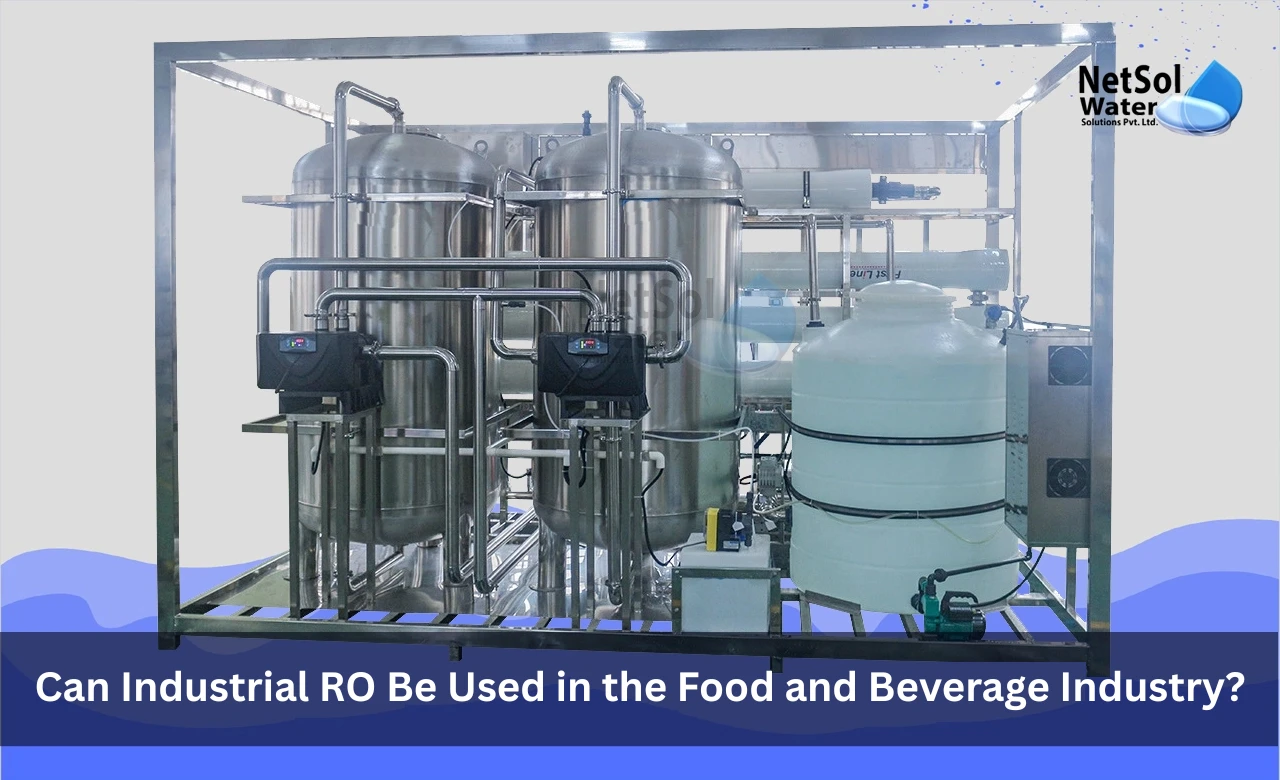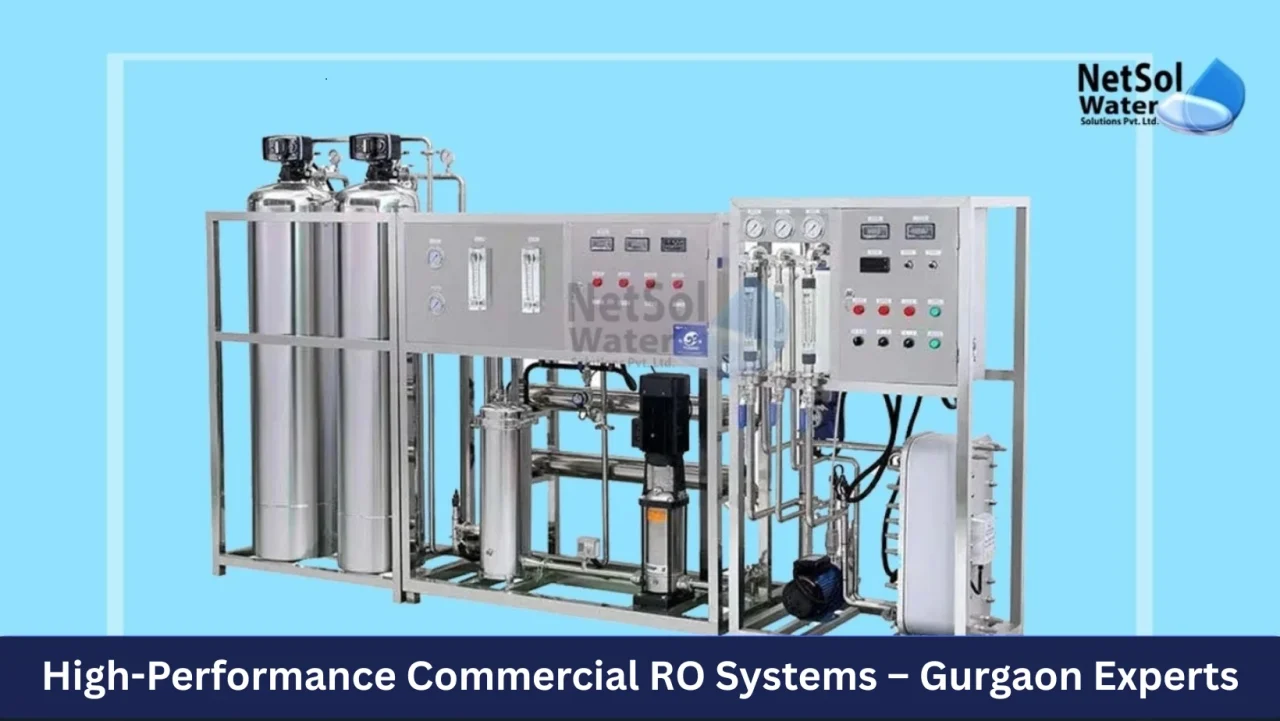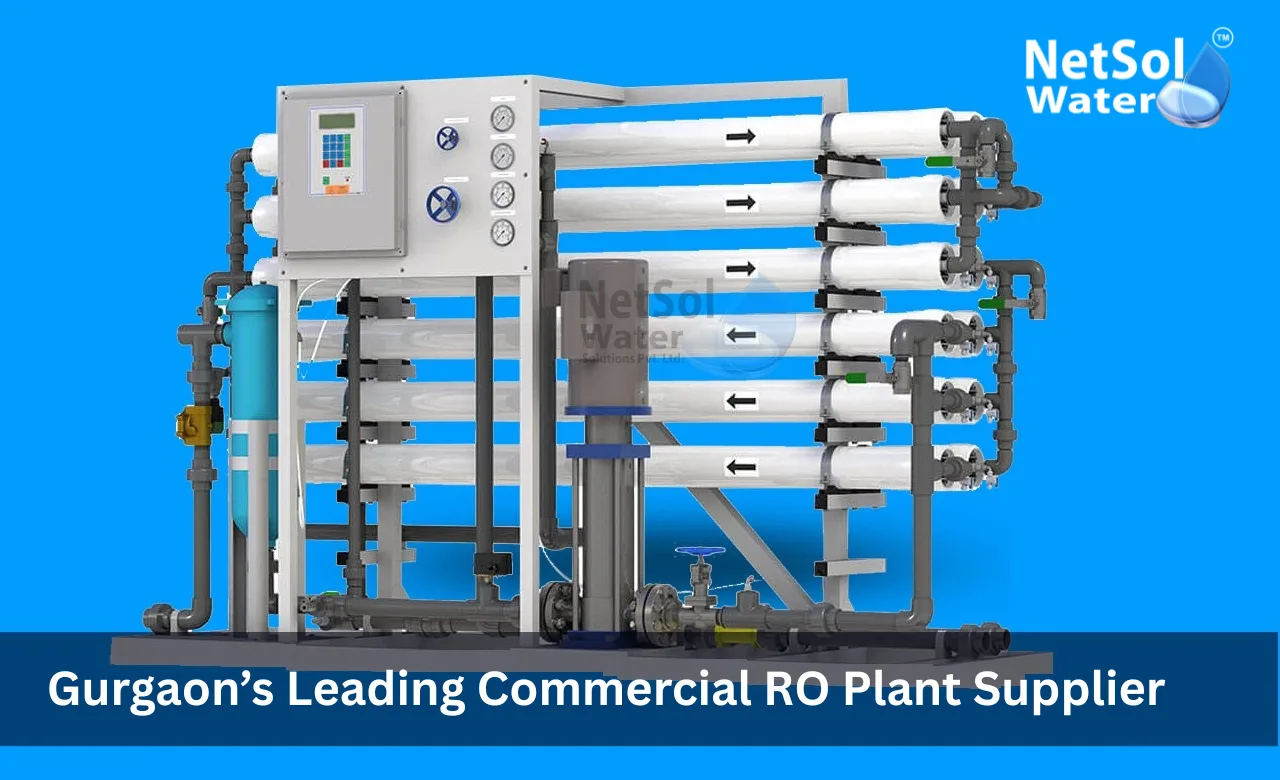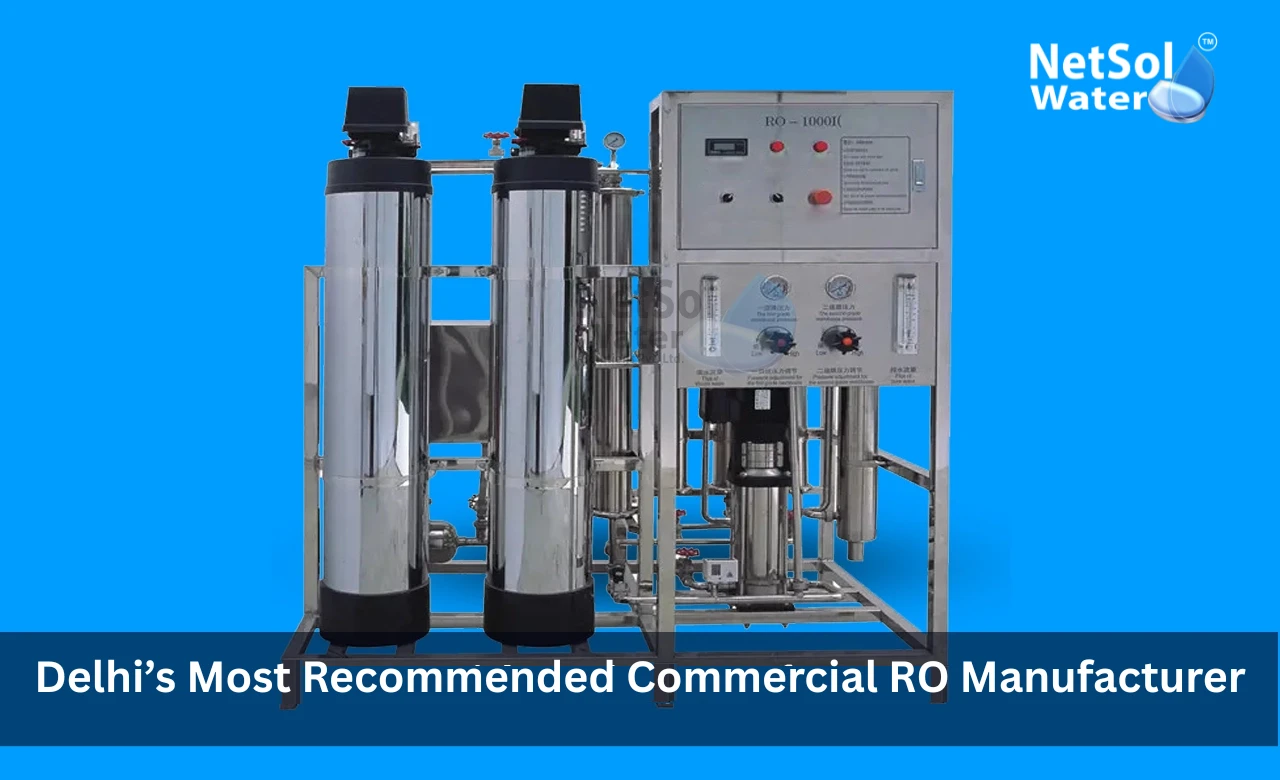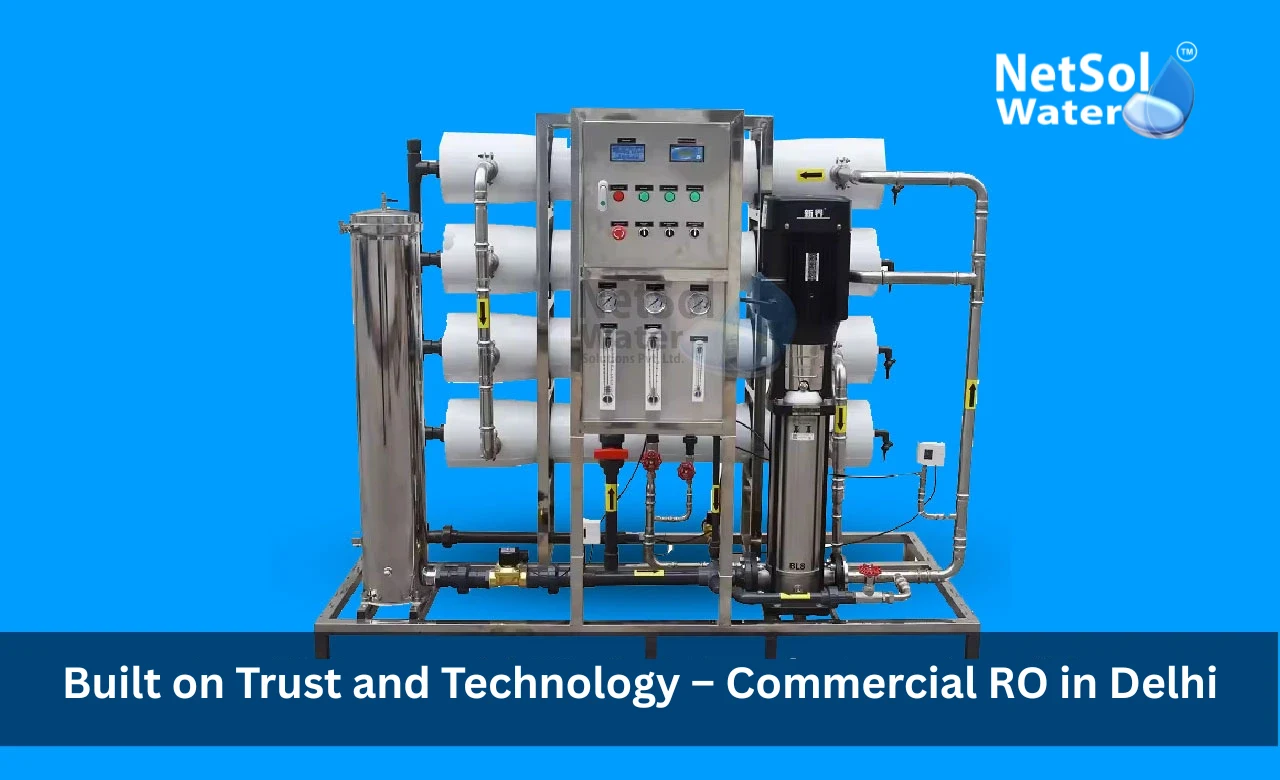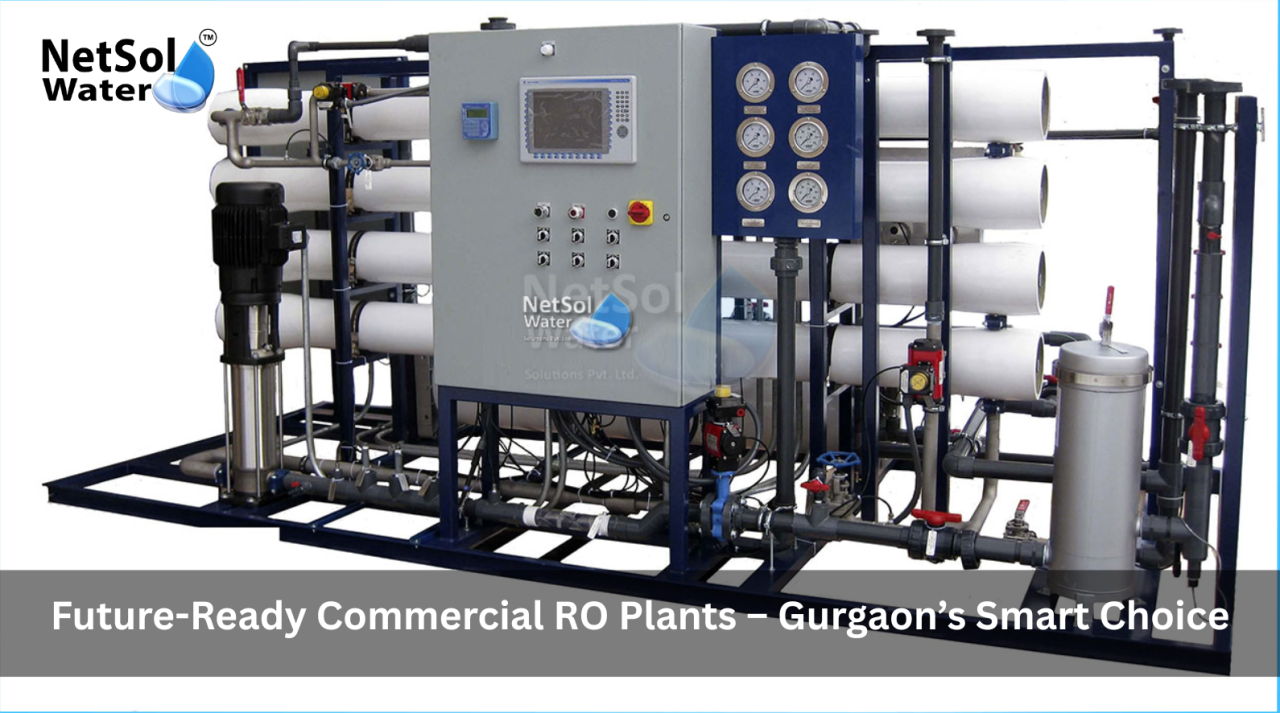10 Best Industrial RO Plant Manufacturers in Delhi
Delhi stands at the core of India’s industrial belt and drives growth across many sectors. The city depends on reliable water treatment to keep factories and plants running without interruptions. Ensuring clean water safeguards machinery and maintains product quality. Industrial RO plants remove salts and impurities to meet strict process demands. Here we present the 10 Best Industrial RO Plant Manufacturers in Delhi. Each name brings proven expertise and strong service support. Netsol Water leads the list with certified processes and tailored solutions.
10 Best Industrial RO Plant Manufacturers in Delhi
1. Netsol Water
Netsol Water stands out among the 10 Best Industrial RO Plant Manufacturers in Delhi. It blends local insight with modern design practices. Let us have a look at some of its core strengths.
Product Range
The company offers skid systems and modular units that adapt to different site conditions and water quality levels. Teams install each plant then train client staff on operation and safety protocols.
Certifications and Quality Standards
Netsol Water holds ISO 9001 for quality management and ISO 14001 for environmental systems. In-house labs test each plant under real feed water scenarios. Netsol tracks performance against global benchmarks to cut energy use and water loss.
Netsol Water refines its approach with each project. Its certified processes and client focus place it at the top of Delhi’s RO market.
2. Ion Exchange India Ltd
Ion Exchange India Ltd ranks among the oldest manufacturers in India’s water treatment field. It serves power stations, chemical plants and food processors in Delhi NCR. The team begins with detailed water testing in their labs to map impurities. They then design high-capacity membrane trains that match each client’s output goals. The engineers handle civil work plant assembly and electrical integration as a single package. They use automated controls to track pressure changes and alert the team to any drift. Regular maintenance contracts keep downtime to a minimum. Clients praise fast response times and stable system performance. Such reliability secures Ion Exchange India Ltd a spot among the 10 Best Industrial RO Plant Manufacturers in Delhi.
3. VA Tech Wabag Ltd
VA Tech Wabag Ltd brings global water treatment expertise to Delhi’s industrial sector. The company assesses feed water data then sizes its RO trains to handle fluctuations in volume and quality. Engineers select membranes that resist fouling and maintain permeate flow. The site team manages piping civil works and electrical fit outs simultaneously. VA Tech Wabag installs remote monitoring tools that report pressure and conductivity in real time. They train plant personnel on routine cleaning cycles and safety checks. Clients find the designs durable and easy to operate. This global know-how with local execution earns VA Tech Wabag Ltd its place among the 10 Best Industrial RO Plant Manufacturers in Delhi.
4. Blue Star Limited
Blue Star Limited offers decades of HVAC experience and a strong industrial water portfolio in Delhi. The team begins with a survey of raw water quality and project requirements. They then design multi-stage RO plants that remove dissolved solids and organic matter. The units use smart control panels for clear status displays and pressure alarms. Engineers handle mechanical installation and system validation under full load. Blue Star’s service wing delivers scheduled membrane cleaning and timely spare parts supply. Clients report stable output and low energy costs.
5. Doshion Veolia Water Solutions
Doshion Veolia Water Solutions combines local reach and global standards in Delhi’s water-treatment market. For each project, a process audit and water audit is done. They then propose skid-mounted RO plants tailored to specific industry needs. The engineers design digital dashboards to flag performance dips early. Civil works piping and instrumentation run in parallel with equipment placement. Doshion Veolia’s field teams train on-site staff for routine checks then offer fast emergency support. Clients appreciate low waste levels and efficient energy use across runs.
6. Aquatech Systems India Pvt Ltd
Aquatech Systems India Pvt Ltd brings US-backed membrane technology to Delhi’s food, pharma and oil & gas sectors. The company starts by mapping daily water demand against quality specs. They then configure pressure vessels and membrane trains to reach desired purity. All assemblies use corrosion-resistant materials to extend plant life. The installation team handles system integration with existing pipelines and power supplies. Aquatech offers annual service agreements for membrane cleaning and replacement. Clients note clear permeate streams and lower power bills after upgrades. Aquatech Systems India Pvt Ltd earns its spot among the 10 Best Industrial RO Plant Manufacturers in Delhi through tailored solutions and reliable support.
7. Kent RO Systems Ltd
Kent RO Systems Ltd has built its brand on domestic filters and now leads in industrial RO in Delhi NCR. The industrial division designs skid-mounted and containerized RO units for breweries chemical units and parking tower car washes. The process begins with site inspection and water sample analysis. Kent selects membranes and pumps that match flow and recovery targets. Their smart control panels feature touchscreens for easy operation. The service team provides scheduled visits for membrane wash cycles and system calibration. Clients value Kent’s transparent warranty terms and quick spare parts delivery.
8. Orenus India Pvt Ltd
Orenus India Pvt Ltd meets Delhi’s chemical textile and paper industries with high-recovery RO plants. The company begins each job with a feasibility study that covers feed water chemistry site layout and output goals. They then design membrane trains with multi-stage recovery boosting overall yield. The engineers integrate dosing systems to prevent scale and biofouling. Installation crews handle piping platforms and control room wiring without delays. Orenus installs real-time sensors to track feed pressure permeate flow and salt passage. They also train operator teams on cleaning cycles and safety protocols. Clients report higher uptime and lower membrane replacements.
9. Rivaro Enviro Solutions Pvt Ltd
Rivaro Enviro Solutions Pvt Ltd showcases turnkey RO and effluent treatment packages in Delhi. The approach begins with a site survey and raw water audit. The team then crafts a unified solution that combines RO trains with pre-treatment filters and dosing units. Rivaro uses skid systems for swift assembly and minimal civil work. It equips each plant with PLC-based controls and remote access. The field crews install instruments and train client staff on daily checks. They then conduct regular preventive maintenance visits. Clients praise Rivaro’s end-to-end service and clear documentation. These strengths earn Rivaro Enviro Solutions Pvt Ltd its place among the 10 Best Industrial RO Plant Manufacturers in Delhi.
10. Aquasafe Engineers Pvt Ltd
Aquasafe Engineers Pvt Ltd delivers industrial RO, UF and water-softening plants to Delhi’s manufacturing hubs. The firm begins with detailed water sampling and lab analysis. It then tailors membrane stages to match target output and salt rejection goals. Aquasafe uses stainless steel vessels and high-pressure pumps for longevity. The installation team handles mechanical and electrical integration in one flow. Aquasafe offers 24×7 support and annual service contracts for membrane cleaning and system audits. Clients note reduced downtime and predictable operating costs. Such reliable service secures Aquasafe Engineers Pvt Ltd a ranking among the 10 Best Industrial RO Plant Manufacturers in Delhi.
Conclusion
Delhi’s industries need durable RO plants to maintain smooth operations. The 10 Best Industrial RO Plant Manufacturers in Delhi deliver proven designs and timely service. Netsol Water leads with its ISO-certified systems and in-house testing labs. Each of these manufacturers brings unique strengths to the table. Reach out today for more information or to request a consultation on the best RO solution for your plant.
Contact Netsol Water at:
Phone: +91-9650608473
Email: enquiry@netsolwater.com

